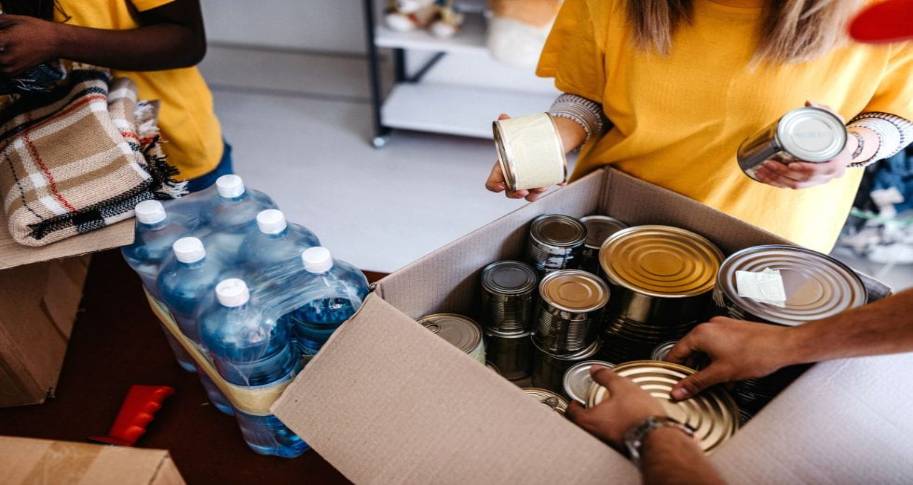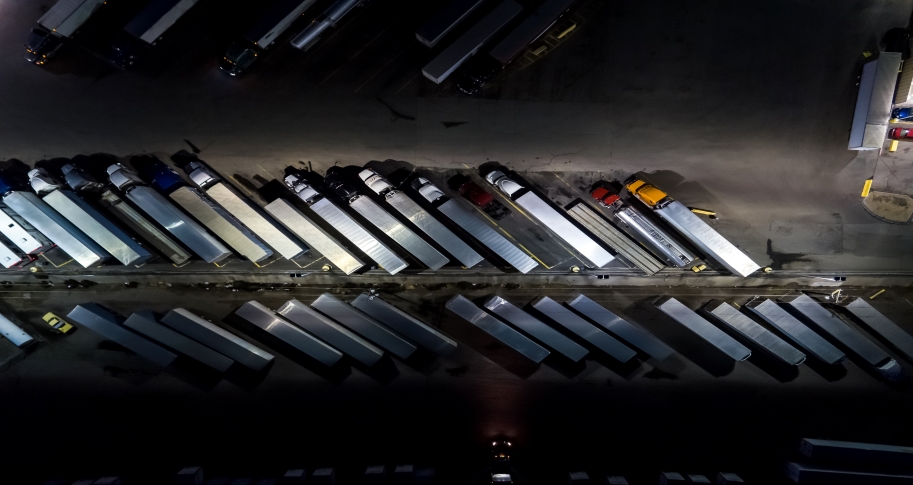
After a natural disaster various types of organizations work together to help those affected. Local nongovernmental organizations work alongside national nongovernmental organizations and government agencies to bring relief. Effective collaboration between organizations is key, but that collaboration can be hindered by the differing goals of each type of firm. Another complicating factor is that humanitarian supply chain partners interact relatively infrequently. Disaster relief involves long dormant periods with little contact between humanitarian organizations, who then have to try to effectively collaborate during disaster response. A new study by Iana Shaheen (University of Arkansas) and Arash Azadegan (Rutgers University) contains information that could strengthen these collaborative relationships. In “Friends or Colleagues? Communal and Exchange Relationships During Stages of Humanitarian Relief,” Shaheen and Azadegan outline how different types of relief organization view collaboration. They also show that dormant stage “mutual engagements” – such as charity events or joint drills – are vital to bringing about effective collaboration after a disaster.
Shaheen and Azadegan interviewed managers and directors of 54 organizations. They analyze those interviews along with extensive data from seven major hurricanes across three hurricane seasons (2016-2018). Their analysis shows that each type of organization typically views collaboration differently. For instance, local nongovernmental organizations (LNGOs) tend to view dormant stage collaborative relationships as communal. In other words, LNGOs tend to focus on how their collaborative relationships can allow them to better assist those in need. This is perhaps unsurprising given LNGOs’ deep ties to their communities.
Conversely, the authors find that national nongovernmental organizations (NNGOs) tend to view their dormant stage collaborations with other humanitarian groups as exchange relationships in which a benefit is given with the expectation of receiving a comparable benefit in return. The authors suggest that this quid pro quo approach may stem from the increasing competition for donations between NNGOs. Over time donors have become less tolerant of inefficiency while demanding greater transparency and accountability. These factors may help explain why NNGOs take a more transactional approach to collaboration and feel the need to show returns on their investments of time and resources.
The authors find that both community and regional government agencies tend to take a hybrid view of dormant stage collaboration that combines both a communal and exchange viewpoint. They attribute the communal portion of that hybrid viewpoint partly to government agencies’ duty to serve residents. Meanwhile, they attribute the exchange portion of that hybrid viewpoint partly to government agencies’ responsibility to oversee disaster relief responses when the time comes. Shaheen and Azadegan find that all groups shift toward a communal view point during the disaster response stage, with government agencies typically adopting a purely communal viewpoint and NNGOs moving toward a hybrid approach.
The study also highlights the importance of dormant stage mutual engagements in strengthening relationships between humanitarian firms and bringing about improved collaboration during the disaster response stage. Mutual engagements include charity events, donation drives, responding to minor local crises or emergencies, and joint drills. These interactions allow firms to gain familiarity with other organizations’ missions, structures, and styles of operations. Interestingly, the authors find that different types of organizations prefer different types of mutual engagements. While both local and national nongovernmental organizations favor socialization activities such as charity events, government agencies tend to favor goal oriented activities such as joint drills.
Shaheen and Azadegan’s article has implications for both disaster relief firm managers and researchers. It shows managers that a key part of disaster relief preparation is building relationships with other organizations through dormant stage mutual engagements. The article facilitates this process by showing managers what those at other types of organizations are likely to value in such interactions, allowing managers to tailor their approach toward relationship building accordingly. The study also paves the way for other researchers to consider related questions. For instance, while Shaheen and Azadegan focus on collaborative humanitarian relationships in the United States, they suggest that others might investigate how cultural factors affect collaboration in multinational settings.
Read the full article in Production and Operations Management.







